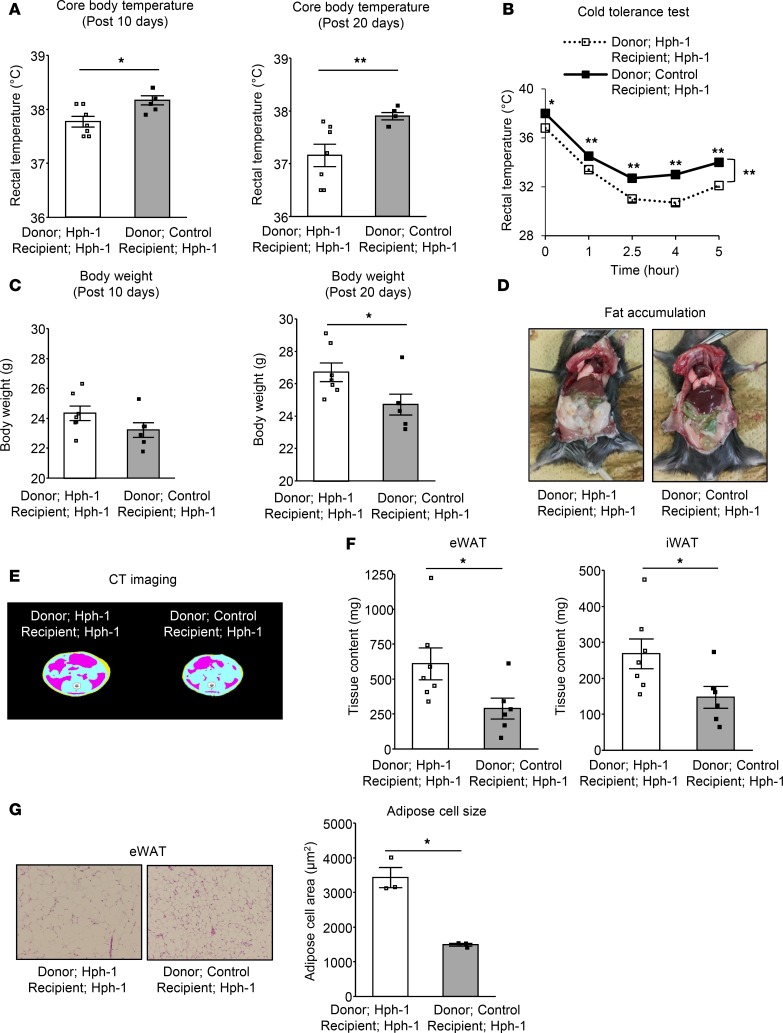Figure 5. BAT transplantation derived from BH4-sufficient mice improves BAT function and ameliorates adiposity in BH4-deficient mice.
(A–G) Rectal temperature (A; n = 6-7), 4°C cold tolerance test (B; n = 5-7), body weight gains (C; n = 6-7), fat accumulation (D), computed tomography (CT) imaging of adipose distribution (E), fat volume of epididymal and inguinal white adipose tissues (eWAT and iWAT) (F; n = 6-7), and H&E staining and adipose cell size in eWAT (G; n = 3) (original magnification, ×10) in hph-1 mice transplanted 0.1 g brown adipose tissue (BAT) derived from hph-1 mice (BH4-deficient mice) or control mice of the same background (BH4-sufficient mice) under high fat diet for 20 days from the age of 8 weeks. Values are mean ± SEM. Statistical analysis was performed by 2-way ANOVA with Bonferroni post-hoc test (B) or Student’s t test (A, C, F, and G). *P < 0.05, **P < 0.01 vs. hph-1 mice transplanted BAT derived from hph-1 mice.

